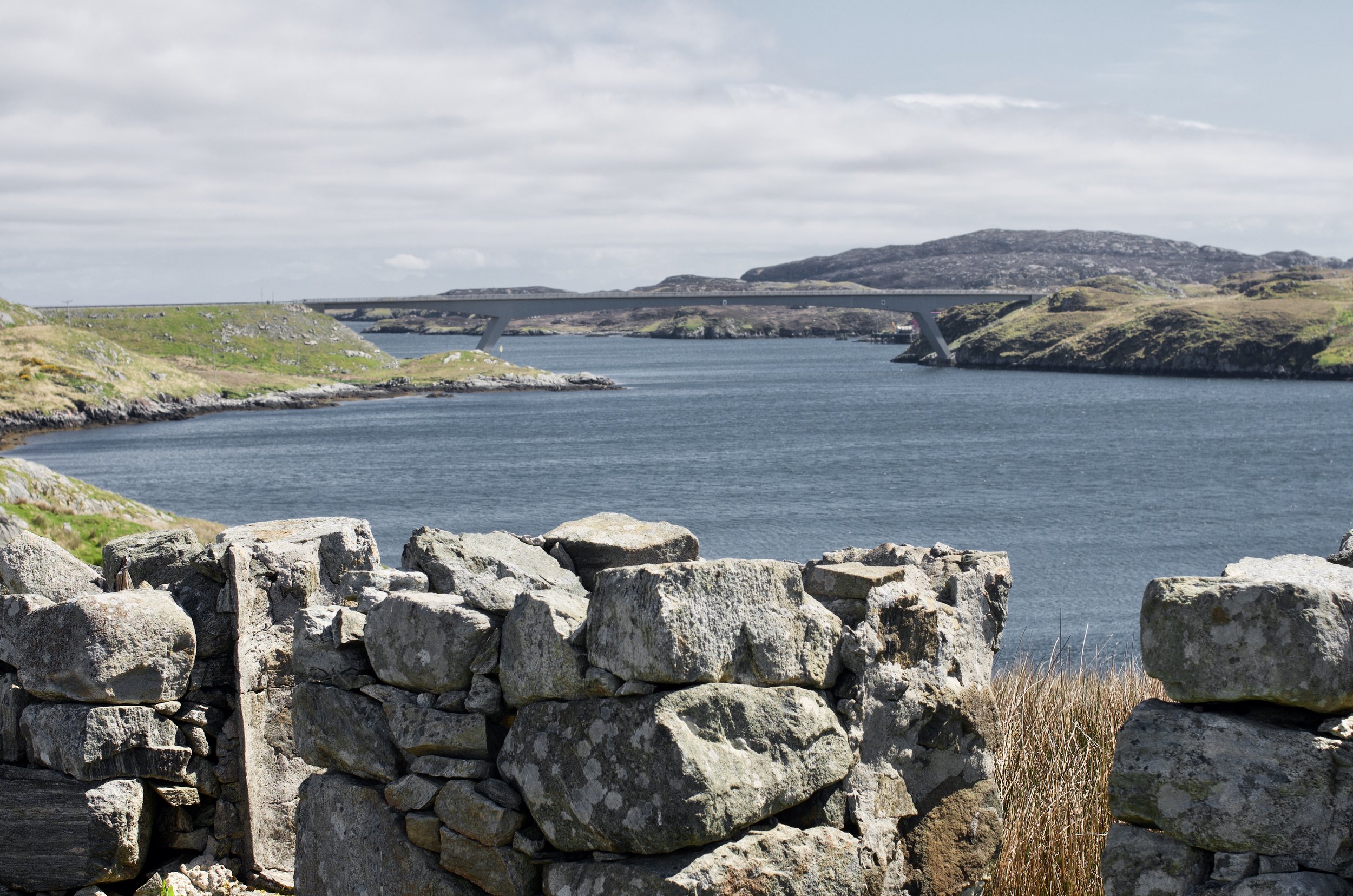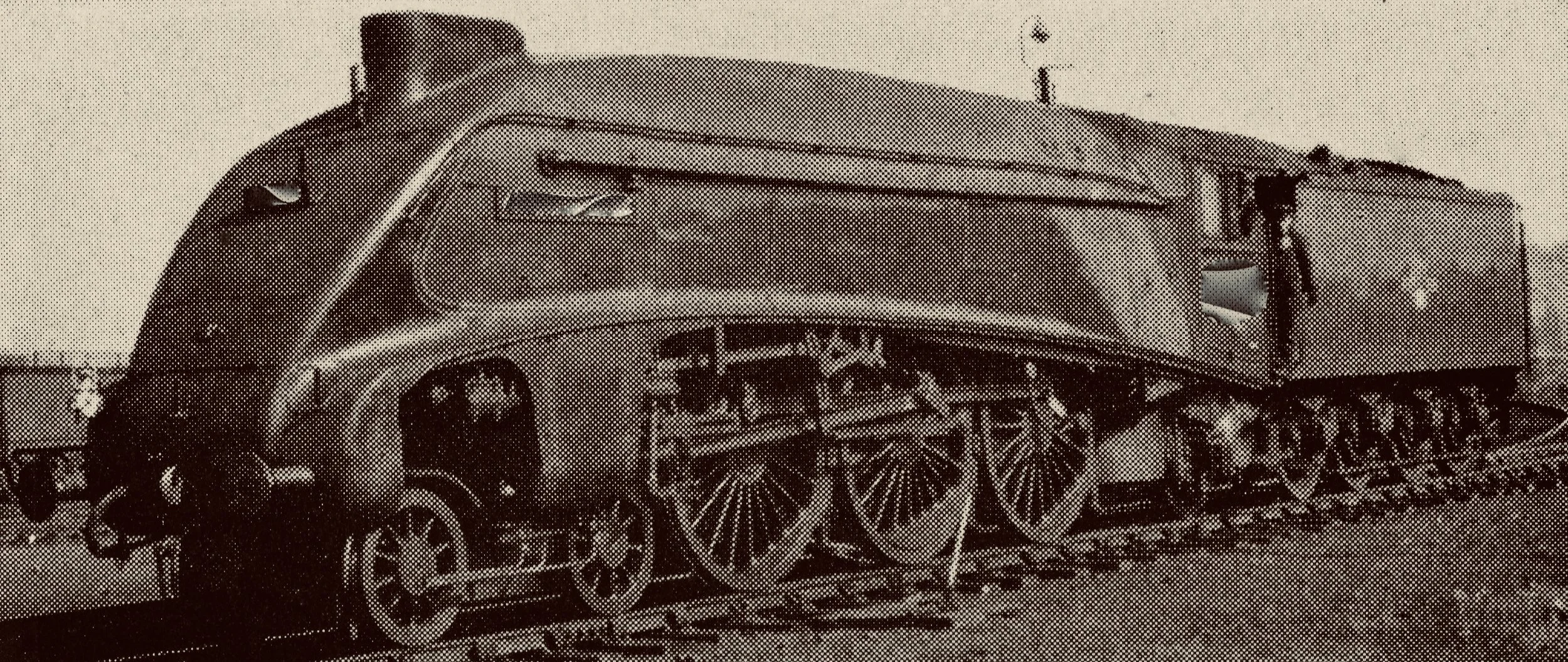Nelly’s (K)nickers
A tale of misunderstanding.
My weakness, steeplechasing.
I am quite partial to a bet on the nags, and I love the horse racing at Thirsk. I had just spent a less than fruitful day at a race meeting there. In the evening I headed out to a favourite watering hole of mine, the Kings Arms at Sandhutton, where I was booked to stay that night. As I sat at the bar, drowning my sorrows, digesting my delicious evening meal and catching up on the news from a discarded newspaper, my thoughts drifted to a previous trip to the racing at Thirsk.
It was Women’s day, early September, three or four years back, as far as I could recall. Another less than memorable day, in terms of my ability to pick a winner. However, that was not the source of my rumination. No, it was something completely different. It was one of these moments when, out of the blue, a phrase is overheard that immediately attracts your attention and cleaves itself to your memory. You all no doubt have experienced the same.
In this case it was a female voice that drifted into my consciousness from the confines of the Thomas Lord Suite in the Hambleton Stand, where a throng of ladies were enjoying their day at the races. I was not able to identify the utterer, but I was definitely able to hear the utterance;
“I have no idea how Nelly lost her knickers on the railway line.”
From that day and hour, the phrase and the answer to the question often drifted through my thoughts. Who was the unfortunate Nelly and how on earth had she befallen such a stroke of ill luck, or perhaps calamity says it better? I had no idea and guessed I would never find out.
It was then fate intervened in the shape of Geffron Twisleton, who, in the middle of my cerebrations that night at the Kings Arms, meandered into the bar and sat beside me. He was an older gentleman, strikingly bedecked in farmer style tweed, a colourful cravat, oh and a natty bunnet, set at a jaunty angle. I had, perhaps because of the attire, noticed him at the racing earlier.
He introduced himself and we struck up a conversation. After a while we headed to the warmth of the lounge and after sinking into the comfort of two old easy chairs, we continued chatting, mostly about our collective bad horse selections. Time passed and we rambled on. He was a local, his name perhaps being a clue to that. As the chat flew and tales grew, so did the bar bill. It was then, no doubt influenced by a cosy, roaring fire and aided by a crystal glass of smokey west coast malt that I brought up the mystery of Nelly’s Knickers. I explained to Geffron about the phrase I had overheard a few years before and that I had always been curious about Nelly, and how she got into such a predicament.
Ah, he chuckled. ‘that is a story’. If I can prise another pint of bitter out of your Scottish sporran, I will explain all. Oh and treat yourself to a dram. The barman knows what I like.’
So here is the tale of Nelly’s knickers and how they got onto the railway line, as told to me that night beside a roaring log fire, refreshment in hand, in the Kings Arms, in deepest rural Yorkshire, by Geffron Twisleton, esq, of that Parish.
Geffron commenced, ’I have a farm a bit north of here, it has been in the family for generations. Our vet at one time was a Scots lass, Helen Campbell Morrison or MacWhirter. She has now retired and lives on the farm next to mine, we are good friends. She was born and brought up in the wee fishing island of Scalpay, in the Western Islands of Scotland.
The bridge over to Scalpay, the place of Nelly’s birth.
After schooling there and at Tarbert, at which she excelled, her love of four legged creatures guided her further education choice. It was inevitable she would find her way into a career involving animals and it was just as inevitable that a Veterinary College would be her aim. So it was no surprise to anyone who knew her, that she headed to the mainland and the Royal School of Veterinary Studies in Edinburgh, the Dick Vet as it is commonly known. She graduated with flying colours and was soon taken under the wing of Sidney Upbridge, who had a veterinary practice in the borders of Scotland, near Duns I seem to recall? Before moving there, Sidney had practiced for a few years in this area of Yorkshire. I assume it was he who persuaded Helen to head south when it was time to open up her own practice, which she did. That was how we met.
Whilst her practice in Yorkshire dealt with all creatures, big and small, Helen had a particular love of the bigger animals, something she had no doubt learned whilst working with Sidney at his rural practice. It was not long before her excellent reputation spread and her business boomed. Aided in no small way by the lovely lilt of her voice, her being a Gaelic speaker and singer. While she was excellent with all animals, big and small, she was world renowned for her expertise with the Suidae family of artiodactyl mammals, particularly boars. Helen liked to call them hogs, no doubt learned due her many visits to the United States, Iowa I think.
Just north of the spot we now occupy, midway between Northallerton and Thirsk is the small village of South Otterington. Close by the village, bordering the main railway line, lies The Oak and Pond farm. The main east coast railway line runs through the farm lands and there is a bridge over the line to link the land on either side. One of these agricultural kind of bridges, not on a road, just joining the fields. Walkers use it, but other than that, it is only animals and tractors. You know the kind of thing?’
I nodded and urged him to continue, offering to get him another refreshment. It was his turn to nod.
‘Where was I, queried Geffron? Oh, the nickers day at South Otterington, hmmm! It happened a long time ago, maybe 1960, about then, when steam trains were still in regular use. It was just like any other day. One of the farms in the area specialised in breeding and raising pigs. The farm with the ‘bridge’ I mentioned.
Anyway, Helen was on a routine visit, dosing and checking the breeding stock, you know the kind of thing. It turned out that one of the boars, or hogs as Helen called them, had some issue and she concluded that removal of its testes was the cure. Quite routine to everybody; apart from the hog I should think. From my knowledge of the Suidae species, particularly the male, they are highly strung and if stressed, have been known to react and on occasion make frantic attempts to escape. It seems this was one such occasion.
As Helen later told me, she had a particular pair of nickers she preferred for such jobs. Her favourite pair. They had been gifted to her by an old swine farmer in Iowa when she had been over there once. It seems they were perfect, so comfortable to the touch. She had never owned a pair like them before, or since and would never replace them. The old Iowa farmer had used them for years and now he was on the verge of retiring he decided he would have no need for them. That was how they came into Helen’s possession. They were well worn and showed a number of battle scars. He told her to take care of them, adding, they don’t make nickers like these anymore.
As Helen prepared to carry out the procedure on the Hog, she hesitated, she had left an important part of her medical kit in the van. She hurried over to collect it, leaving her precious nickers lying unattended beside her patient.
It was then disaster struck. The hog seized its chance and, after snatching the discarded nickers in its teeth, made a ‘breenge’ for freedom, breaking clear of its tethers and scattering the farmhands. Hogs can move at some speed when motivated and this was a motivating moment.
Out of the yard and over the field he galloped, the offending pair of nickers grasped firmly in his jaws. Nobody had a chance of catching him and eventually, like Tam o’ Shanter’s grey mare meg, he reached the keystane o’ the brig, yes, that bridge, the one over the main north south railway line. Once in the middle he stopped.
As his pursuers neared, with Helen at their head, he stepped to the side of the bridge, fixed Helen with a steely gaze then, as though taunting her, calmly dropped Helen’s nickers onto the railway line, stepping back with a hog like grin on his considerable snout. As Helen stared down at her precious pair, the Elizabethan Express rent them asunder as it passed through on its way from Kings Cross station in London to Waverley station in Edinburgh.
Incidentally, for the train experts reading this, it was being pulled by an A4 class, steam locomotive, number 60009, Union of South Africa, coincidently built nearby, at Doncaster.
An A4 Pacific steam engine
The Secretary of State for Scotland, John Scott Maclay, 1st Viscount Muirshiel , was aboard that day, no doubt signing important papers and totally unaware of Nelly’s anguished cry from the bridge above,
“Oh no, not my precious nickers.”
And that was how, concluded Geffron, Nelly’s Nickers finished up on the railway line. It was the talk of the dales for years after that. Nelly eventually saw the funny side. Oh, the hog, he survived and they decided he did not need his testes nicked. And so life in the Dales went on.’
Last word, Nelly is an alternative version for the name Helen. So there you have it.
Is there any other lesson to be learned from the tale? Perhaps?
A castration implement used by Vets - otherwise known by Nelly as her ‘Nickers’.
Be careful what you overhear when it is not your conversation.



